7 red flags to always look out for when buying vintage furniture online
Designer and curator Carmen Nash has spent hours shopping for vintage furniture, and knows just what to look out – and what to avoid
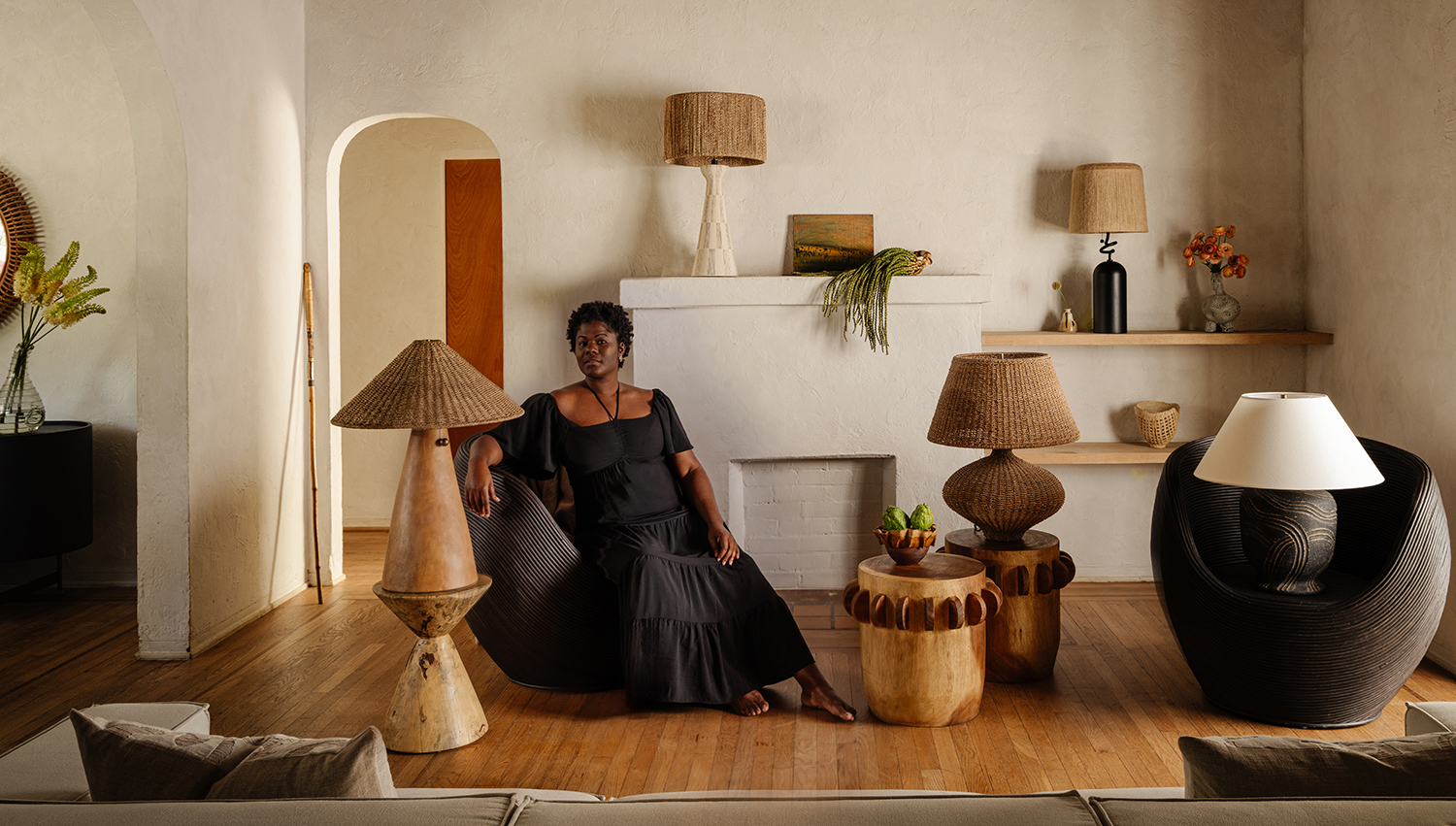
There is a newfound love of vintage furniture in the air. Interior designers and homemakers looking to add character to contemporary spaces are finding it's the easiest source of personality and charm. Seen in the work of modern design studios like Light and Dwell, LALA Reimagined, and Zoe Feldman, you'll now regularly spot a 1930s Italian light and a 1960s coffee table next to a piece from Restoration Hardware.
For curator, designer vintage furniture expert, and founder of Loft and Thought Carmen Nash, decorating with vintage is a wonderful way to fill your home. 'I definitely think vintage pieces give your space more personality,' she says.
She regularly (read that as daily) spends hours trawling for new old things online and has had some bad experiences along with the good. So has a clear list of red flags you ought to avoid to sidestep some of the mistakes she has made. This goes for both mistakes you can make as a buyer and red flags to look out for in a seller too.
'I once bought chairs online that were glued together – you couldn't tell from the listing,' Carmen admits. Here's how she won't make that error again.
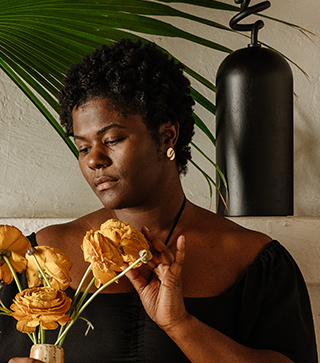
As the founder of Loft and Thought, Carmen Nash brings together narratives around vintage furniture. She has designed a lighting collection for Troy Lighting, and has previously worked as a furniture dealer. She knows everything about vintage decor.
1. The piece is just too quirky
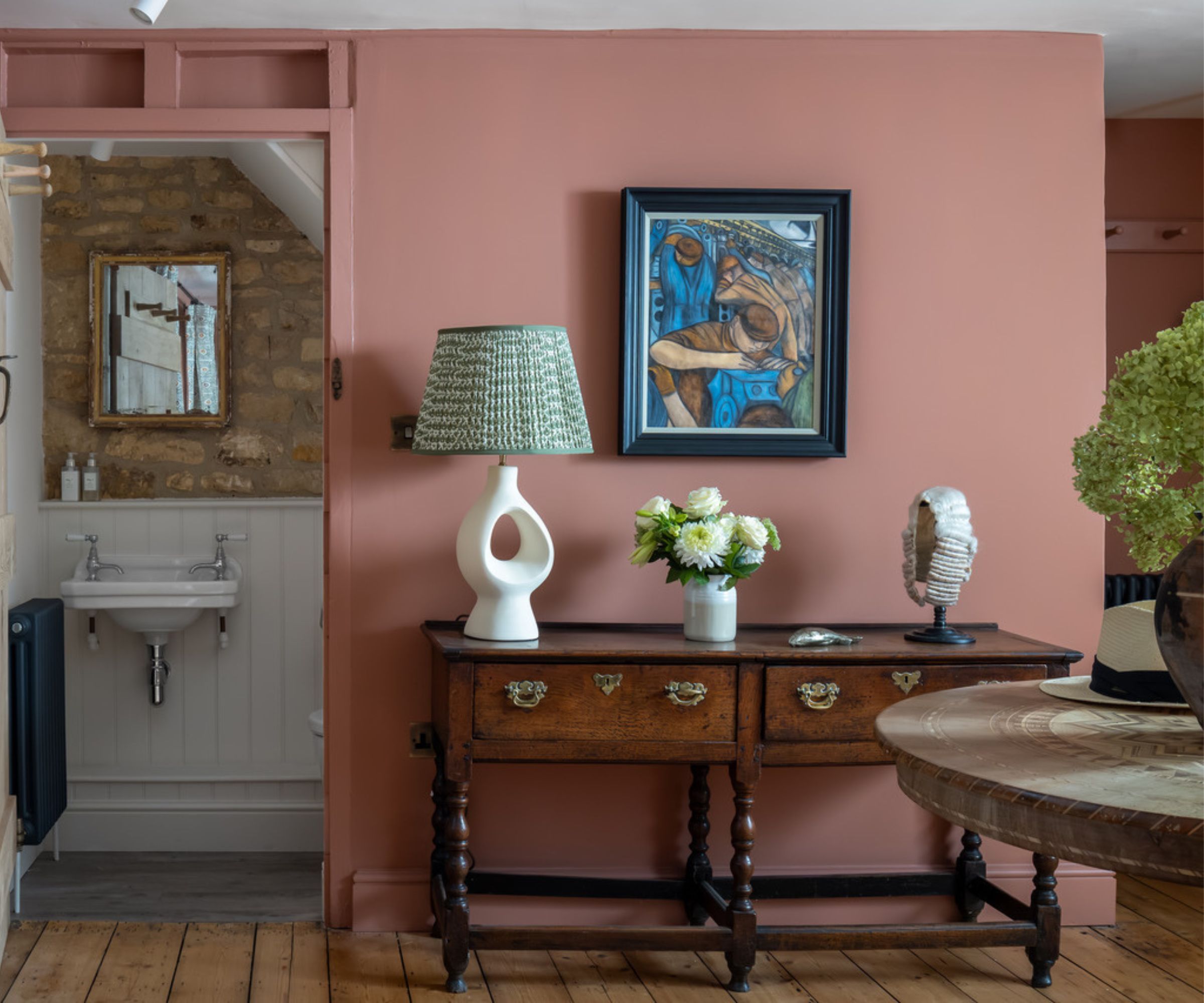
It's often better to stick with more classic pieces like this vintage cabinet
Because vintage furniture shopping can often unearth one-of-a-kind gems, it can be tempting to fall in love with an unusual, sculptural or architectural piece of furniture, without thinking about how it will work with the rest of your decor.
'Everyone has their own aesthetic, and sometimes you can see a super-quirky set of chairs and think "what the heck!"' Carmen says. 'But you have to have your own narrative and should try to avoid getting carried away by the fun things you find at a flea market online – really think about how it will integrate into the things you already own.'
2. Your keywords are too specific
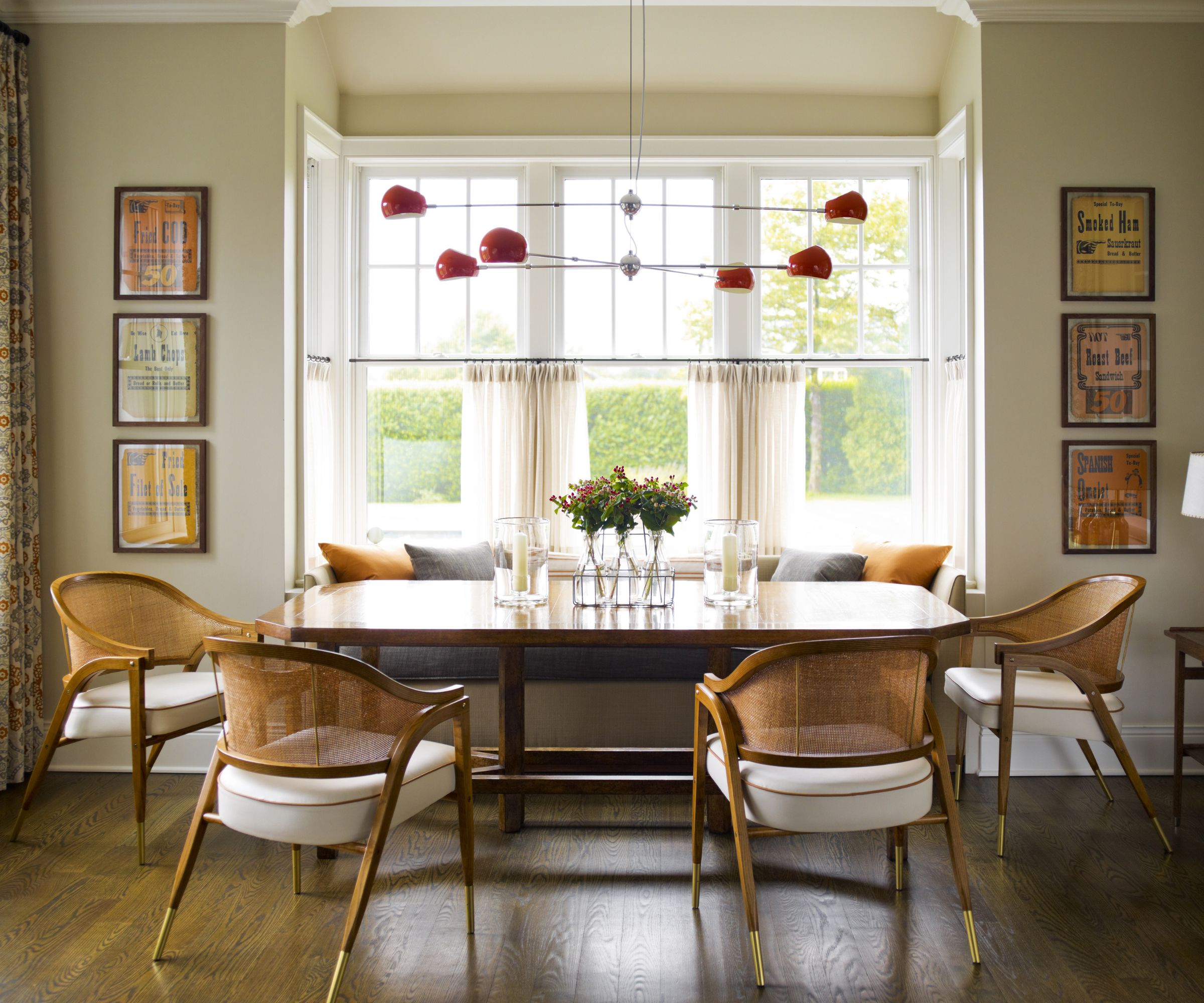
You might think that focusing your searches when shopping online for vintage furniture is a good thing, but actually, Carmen says that it's better to go wider, and surprise yourself with what you find.
Design expertise in your inbox – from inspiring decorating ideas and beautiful celebrity homes to practical gardening advice and shopping round-ups.
'I'm more likely to search for "unusual dressers" or "handmade dressers" than I am something specific like "mid-century dressers",' Carmen explains. 'Not every seller will share the same definition of mid-century as you, and you're likely to come across pieces that, to your eyes, are anything but. A more successful approach is to search online with a much wider lens.'
3. The price is too high

Carmen says she spends a lot of her time vintage online shopping trying to play it cool, and not let the seller know how into their wares she is in case they crank up their prices accordingly. 'You don’t want to ask too many questions, as you don’t want the person to know how valuable it is to you,' Carmen suggests. But she says a big red flag is when a piece is already priced really high.
'Some online stores are priced exorbitantly high,' Carmen says, adding that it's a red flag because the seller will often be unlikely to want to let you haggle it down. 'And sometimes, if you find something you love and then search for it elsewhere, you'll be able to find it more affordably,' she adds.
4. The description isn't specific enough

One of Carmen's earliest mistakes came from buying a table without making sure of what it was made of. The information on the listing wasn't detailed enough and she thought she could figure out from the photos what it was made from.
'One time I purchased a table that I thought was plaster and it turned out to be made from Styrofoam,' Carmen said. 'And I had pre-paid for it!' It's now a huge red flag for her if the material isn't listed or the details are just too sparse to make sure it fits her sensibilities.
5. There are no photos of the underneath
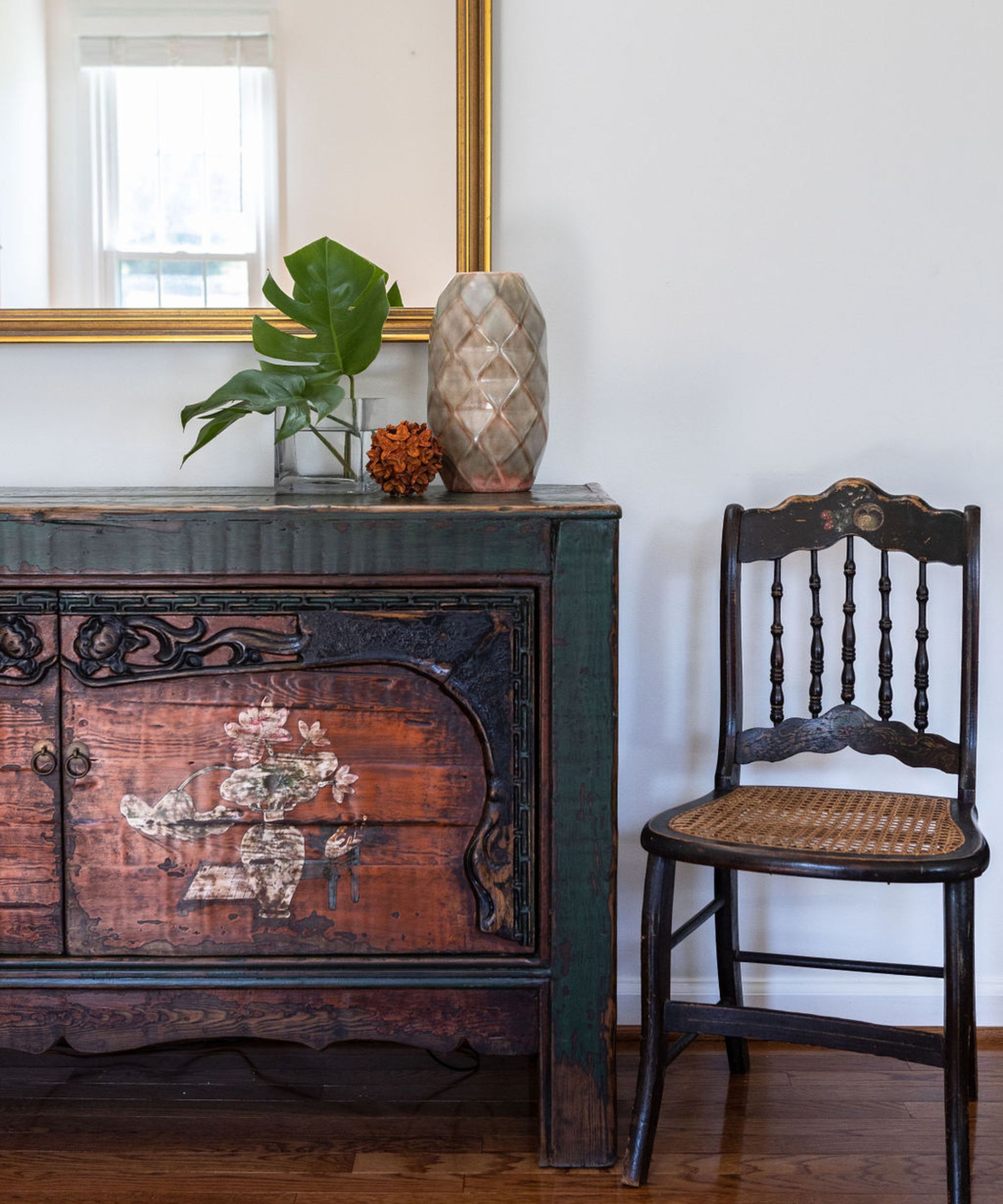
'This is a massive red flag for me, and one of the checks and balances I have in place to make sure what I'm buying isn't damaged,' Carmen says. 'You always want to see photos of the underneath of a piece of furniture, which is where chips and cracks often hide.'
If there aren't any on the listing, ask the seller if they can share any extras with you. It's also a good way to check the quality of the craftsmanship, joinery and materials.
6. The material is fragile

If the piece you're inquiring about is made from a material that is considered fragile, it's worth double-checking there are no damaged marks on it.
'You want to ask some questions, particularly about vintage lighting,' Carmen says. 'It's important to have a strong knowledge base, and so you know that if a piece is made of, say, plaster, then that's a material that tends to chip. Knowing something is fragile means you know you need to be really careful before buying it.'
7. The seller isn't forthcoming

The final red flag for Carmen is if the seller isn't getting back to her, or is being a bit evasive or cryptic when it comes to answering her questions.
'I can be in love with a piece and then the seller themselves can throw me off it,' Carmen says. 'People can be really weird! But you know, sometimes I might be having to drive five or six hours to go and collect a piece of furniture I've found online, so I have to ensure it's going to be worth that time, energy, and financial outlay. If a seller isn't telling me what I need to know then it's usually better just to leave it.'
When buying online you can look out for all the red flags, but sometimes it's a gut feeling – good or bad. You want to ensure you love a piece, it's right for your budget, fits in your space and is it good condition from a reliable seller.
Pip Rich is an interiors journalist and editor with 20 years' experience, having written for all of the UK's biggest titles. Most recently, he was the Global Editor in Chief of our sister brand, Livingetc, where he now continues in a consulting role as Executive Editor. Before that, he was acting editor of Homes & Gardens, and has held staff positions at Sunday Times Style, ELLE Decoration, Red and Grazia. He has written three books – his most recent, A New Leaf, looked at the homes of architects who had decorated with house plants. Over his career, he has interviewed pretty much every interior designer working today, soaking up their knowledge and wisdom so as to become an expert himself.

